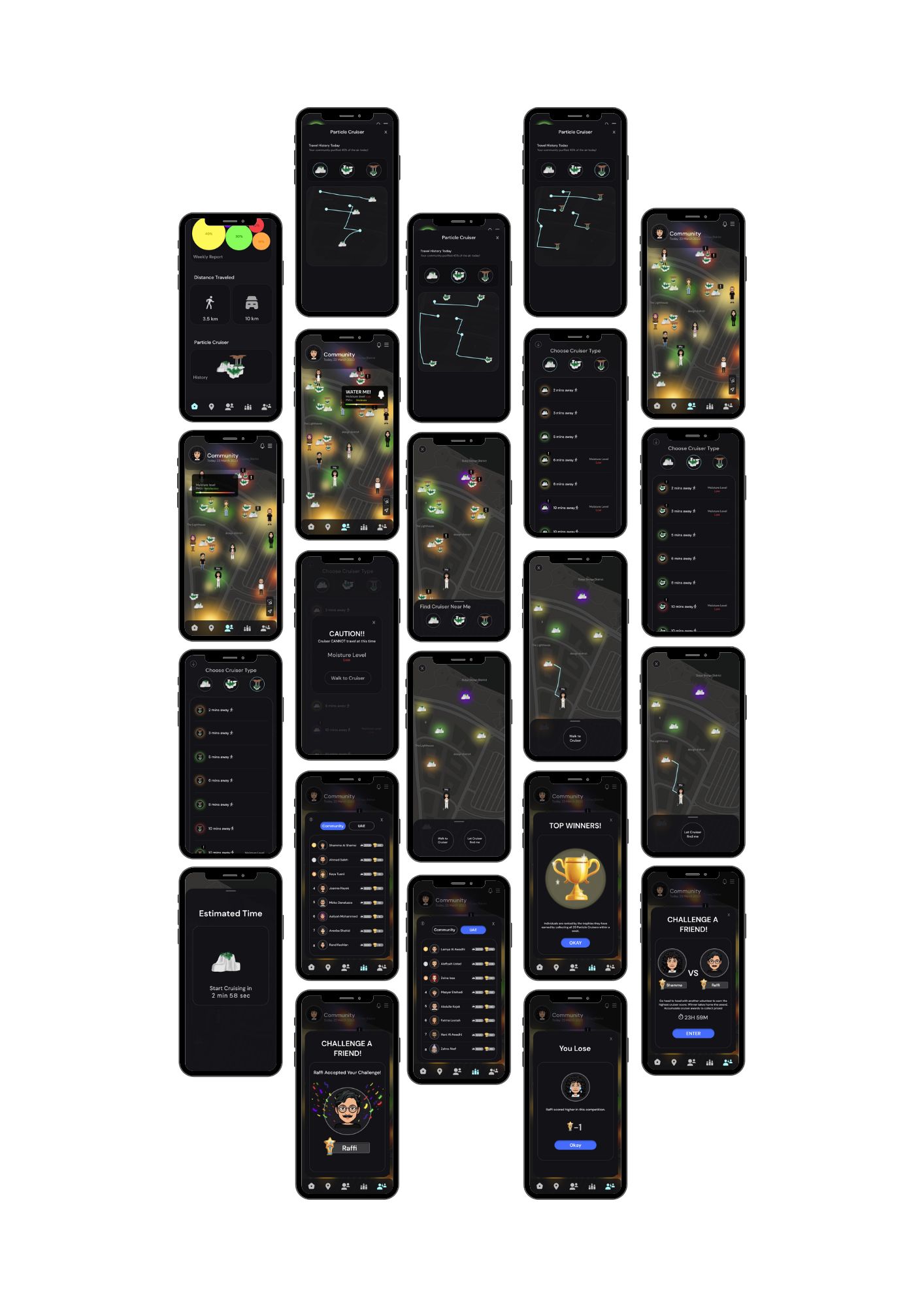AirSense
Purifying Cities, Unifying Communities. A project by Aaliyah Mohammed, Areeba Shahid, Kaya Tueni, Rand Kachlan, and Shamma Al Shamsi
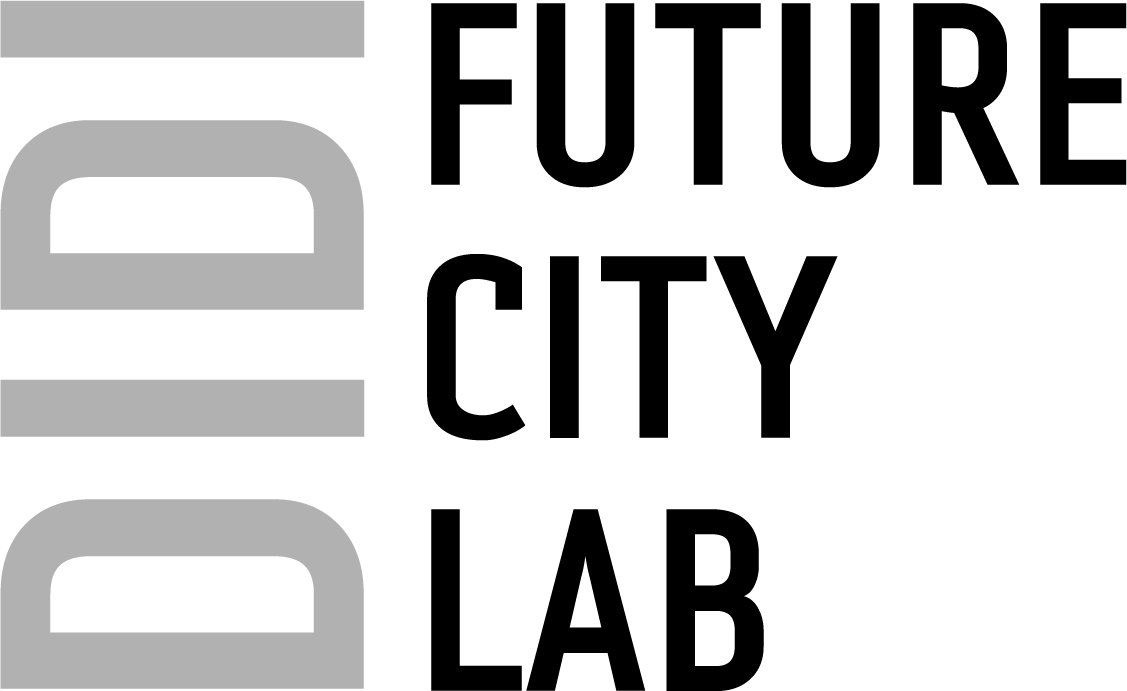
This project stems from an interest in measuring and mapping air quality patterns and fluxes in
Dubai, in view of proposing methods to clean the outdoor air while activating pockets of
public space in the city.
The proposal is two-fold:
At an individual level, the project proposes a wearable micro-device Airsense,
that individuals can use to track the air quality around them in real time, as they move through their
days. These devices are connected to an application that aggregates the data measured by the individual
devices and provides a real- time map of the air quality patterns in the different accessible spaces of
the city.
At a communal level, the project proposes to implement a series of Particle Cruisers: mobile outdoors
furniture elements that have the capacity to clean the air, through a mix of air filtering plants that
absorb toxic gases, as well as elements covered by photo-catalyst paint, that collects the PM2.5 and
PM10 particles when exposed to the sun.
The two networks of Airsense and Particle Cruiser operate in tandem, the first is sensing and
alerting, while the other responding.
The project focuses on the Dubai Design District (D3) for its pilot study and aims to extrapolate the
findings to a larger-scale implementation, once tested.
What is in the air?
The gases that make up air include argon (0.9%), carbon dioxide (0.04%), nitrogen (78%), oxygen (21%), and other trace gases. Air may also include a variety of Particular Matter and pollutants, in- cluding Volatile Organic Compounds (VOCs), ozone, smoke, pollen, hair, and dust. Water vapor amounts also vary based on temperature, altitude, wind, and industrial and human activities.
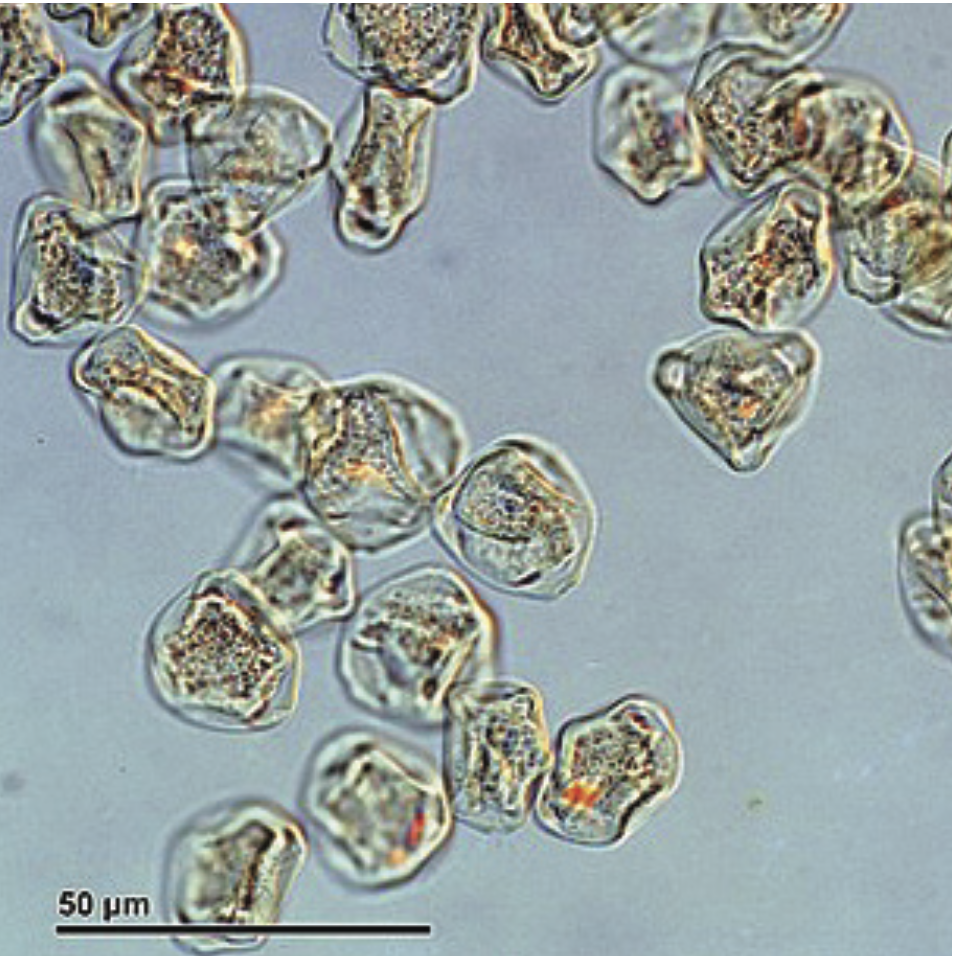 Particulate Matter (PM)
Particulate Matter (PM)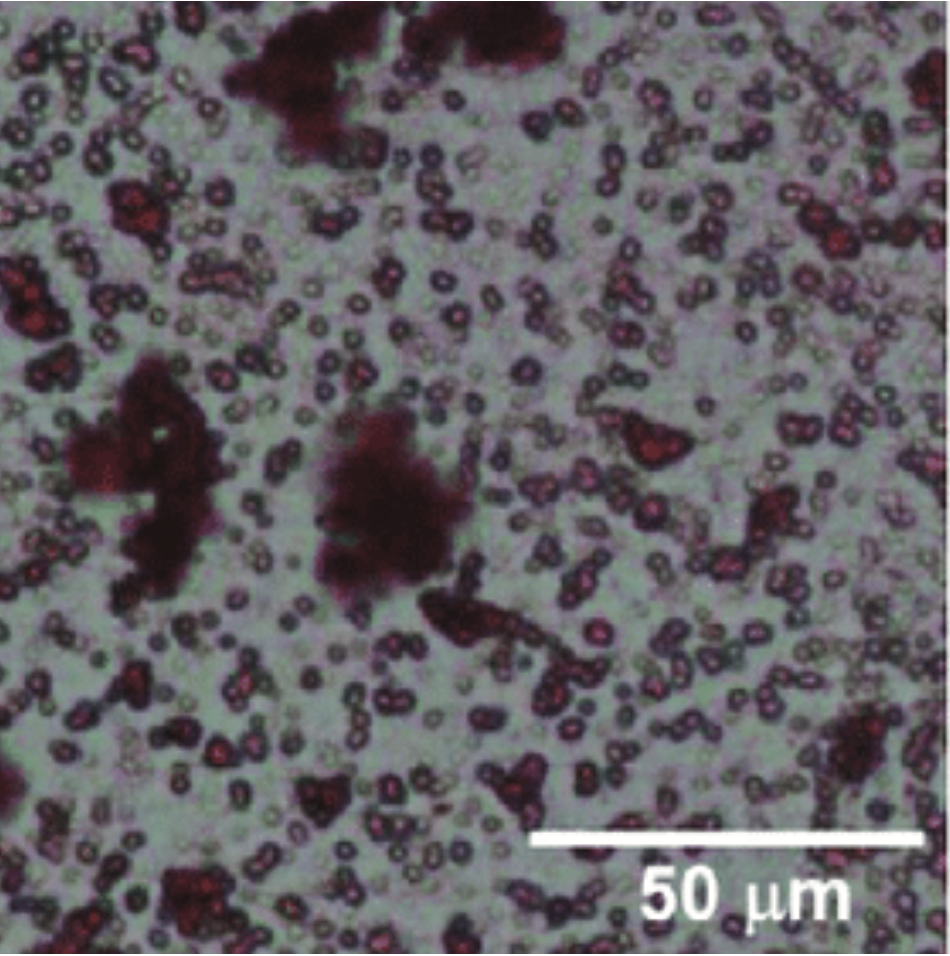 Biological Particles
Biological Particles Volatile Organic Compounds (VOCs)
Volatile Organic Compounds (VOCs)What are PM2.5 and PM10 particles?
PM2.5 and PM10 are types of particulate matter. The numbers in their names refer to their size in micrometers (μm).It's crucial to keep an eye on the amount of these particles in the air and take precautions to lessen exposure, as they can be harmful.
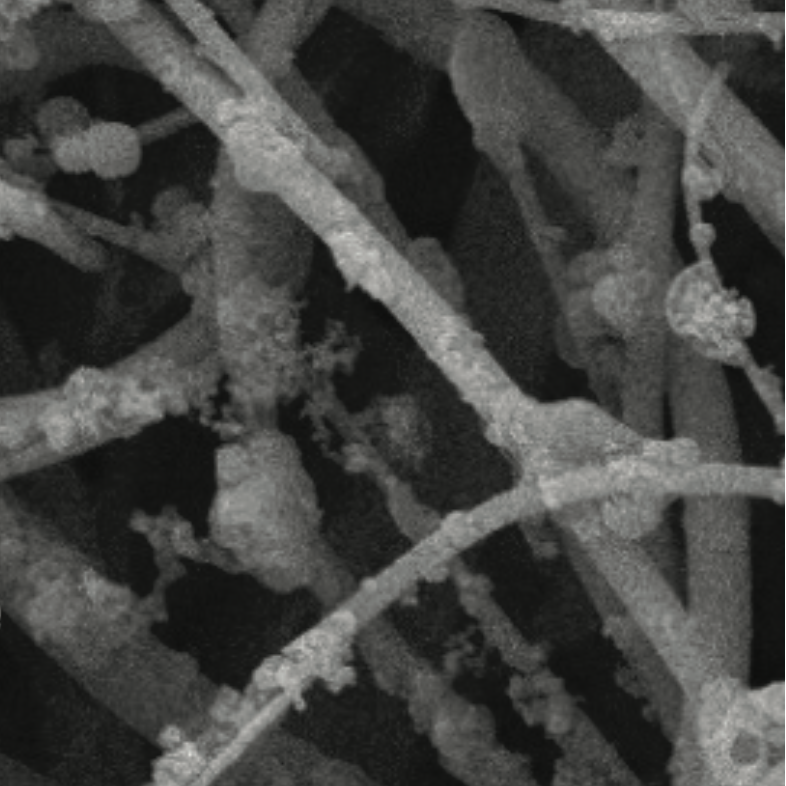 PM2.5
PM2.5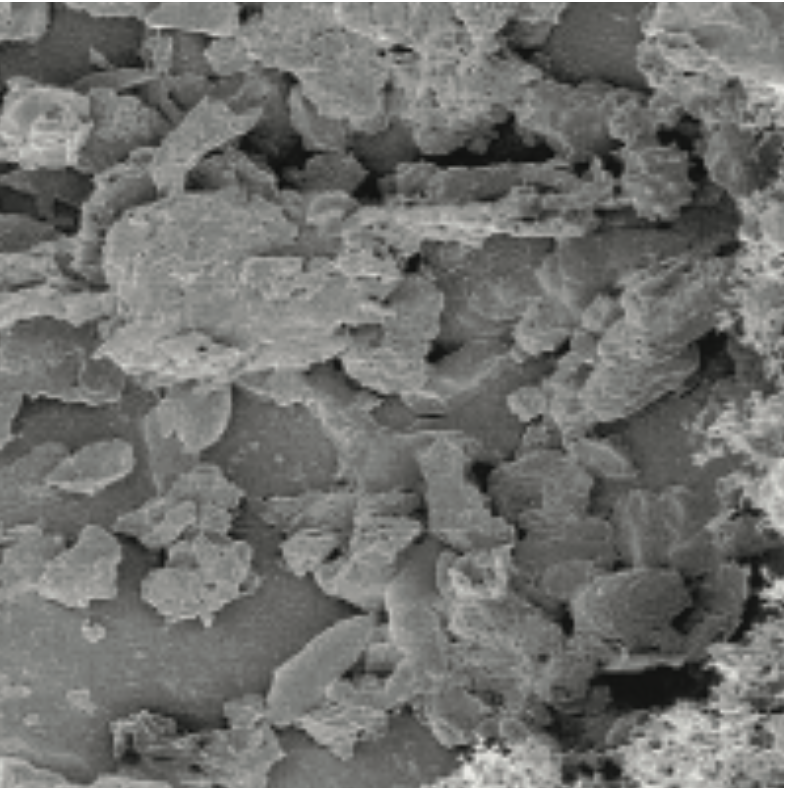 PM10
PM10How is air quality monitored in Dubai?
Air Quality Monitoring Stations
Dubai Municipality has initiated a program to monitor and control the air environment in the city by tracking PM2.5 and PM10 particles in the air, aiming to improve the overall health of residents. To facilitate the initiative, several air quality monitoring stations have been set up throughout the city, measuring levels of PM2.5 and PM10 particles in the air and providing real-time data on the air quality of different areas. This data helps authorities take necessary actions to improve the air quality if needed. The monitoring stations are located in strategic locations throughout the city, including residential, industrial, and commercial areas, to ensure the air quality is monitored in all parts of the city. Overall, the initiative is a crucial step towards improving the quality of life for residents by maintaining healthy and safe air in Dubai.
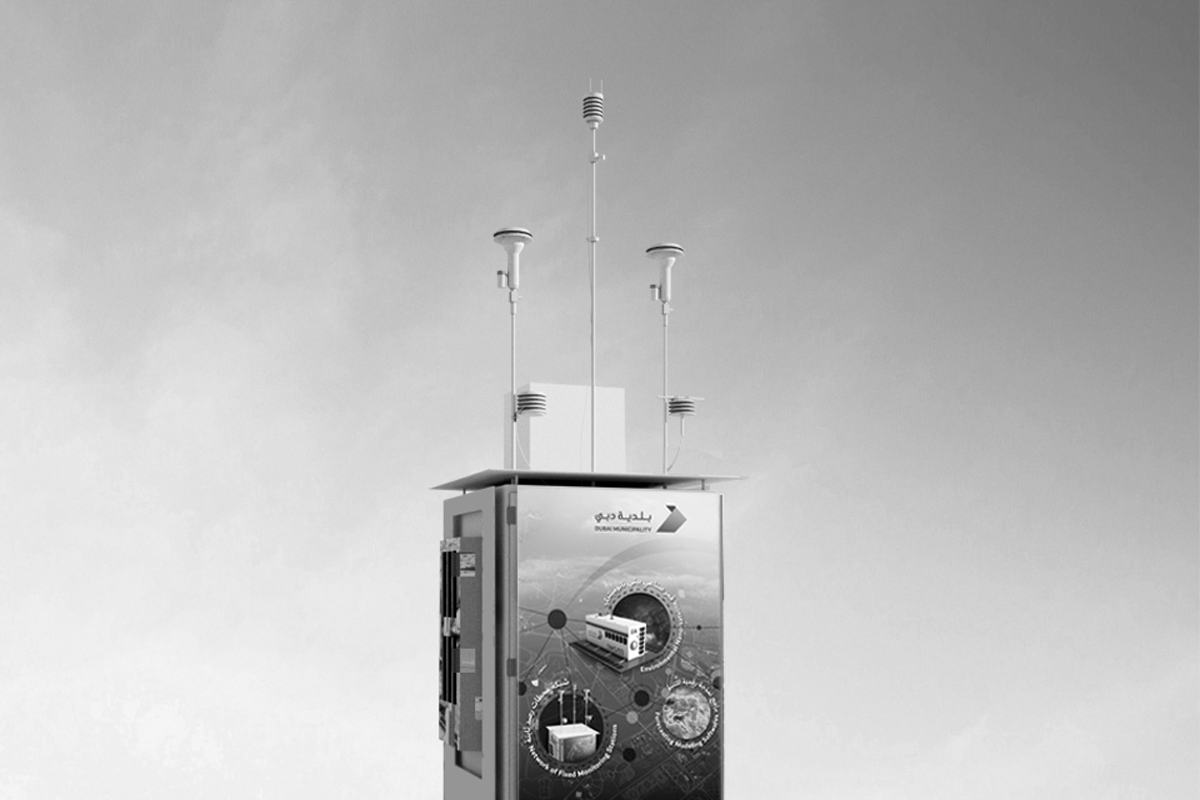 Dubai Municipality, Air
Quality monitoring Station
Dubai Municipality, Air
Quality monitoring Station
Macro to micro
Deploying Sensing Probes
In order to collect data, we launched a probe in 4 different locations. The aim of it was to collect particles in the air, in order to analyse and make conclusions.

Outdoor Probe
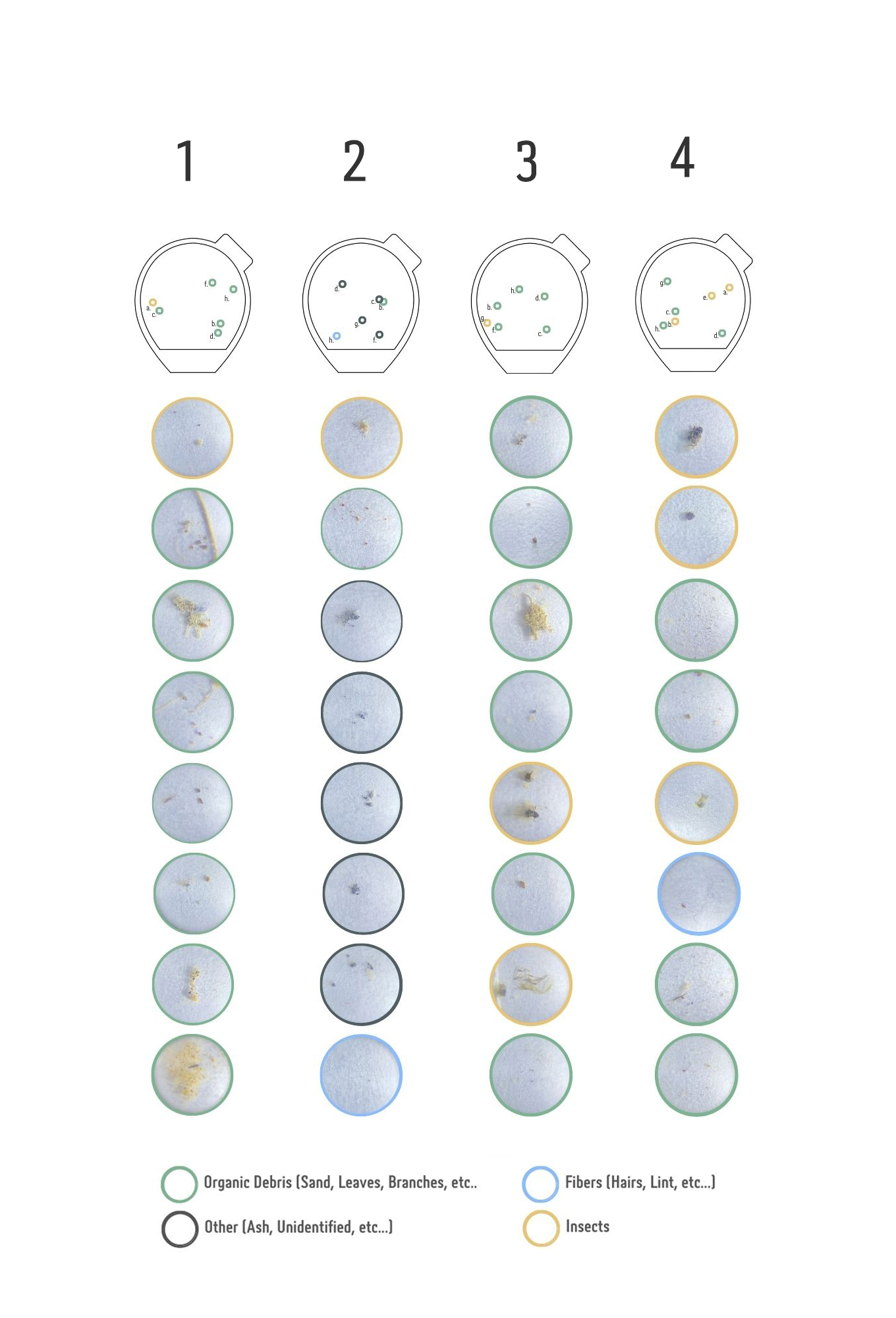
Indoor Probe


How much does that represent?
QUANTIFYING PM VALUES THROUGH WEARABLES
Quick prototyping of a wearable sensing probe that detects air quality values throughout the day while the user is moving in the city. It is equipped with PM sensors. The values collected within one day are listed below.


PROPOSED AIRSENSE WEARABLE DEVICE
AirSense is a wearable micro-device that individuals can use to track the air quality around them in real-time, as they move through their days. These devices are connected to an application that aggregates the data measured by the individual devices and provides a real-time map of the air quality patterns in the different accessible spaces of the city.
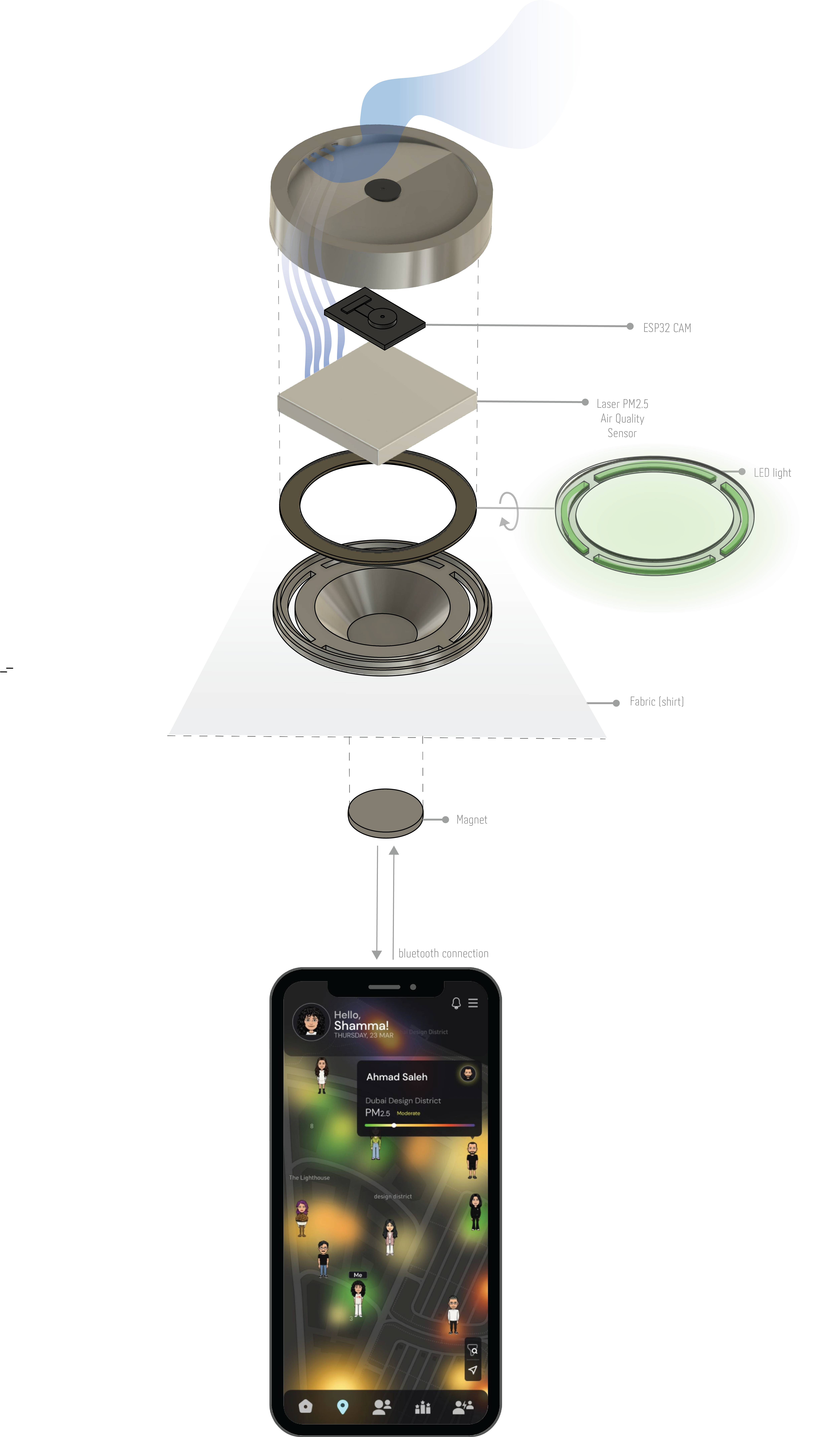
Object Recognition
The Airsense device and app makes use of machine learning to detect patterns of correlations between elements identified in the surroundings and the quality of air. Using the TensorFlow Lite library, it detects the objects present in the images captured in real-time by the ESP32 camera. The result of this analysis is sent via bluetooth to the app.

AirSense: The App
Design & Development
In order to visualise & contextualise the data collected by the wearable, an app was developed & designed, connecting to a user's device via bluetooth. In tracking and recording air quality in the users' environment, the app keeps history of their levels of exposure. In understanding these levels of particulate matter we come in contact with on a daily basis, we begin to understand factors that have an effect in our physiological health, allowing us to make changes in our lives that help improve it.
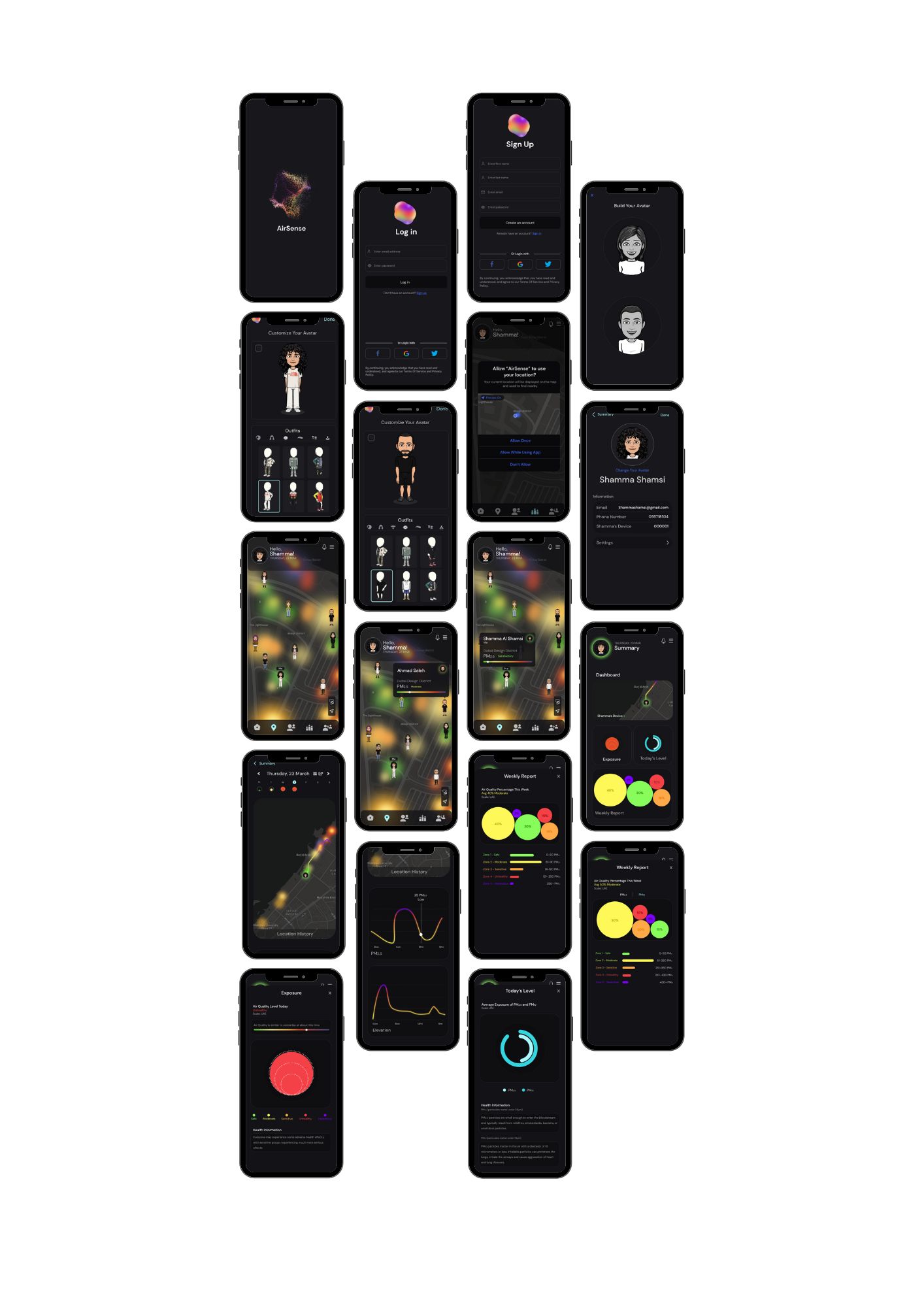
What can we do about it?
particle cruisers
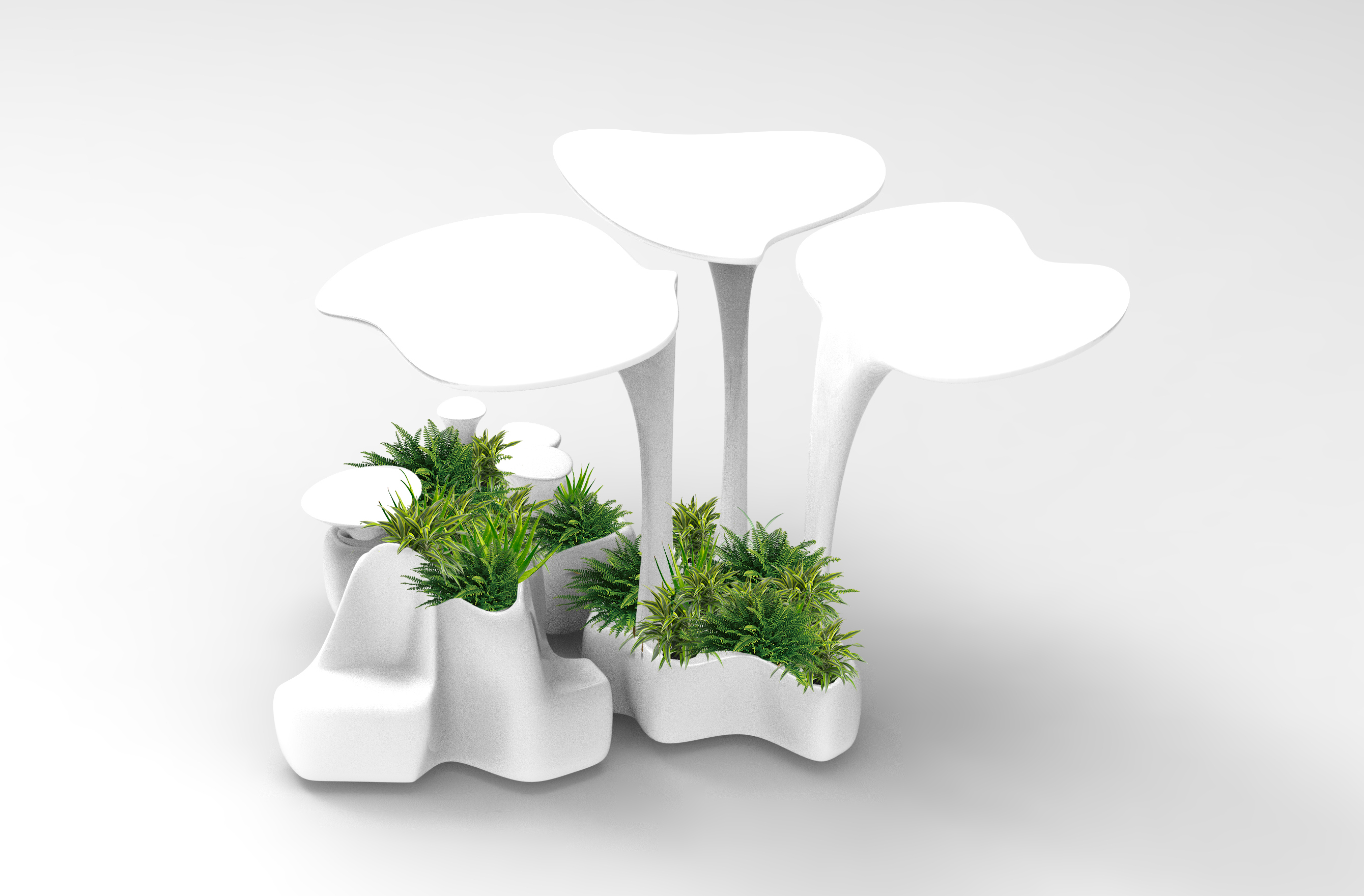
How Does It Work?
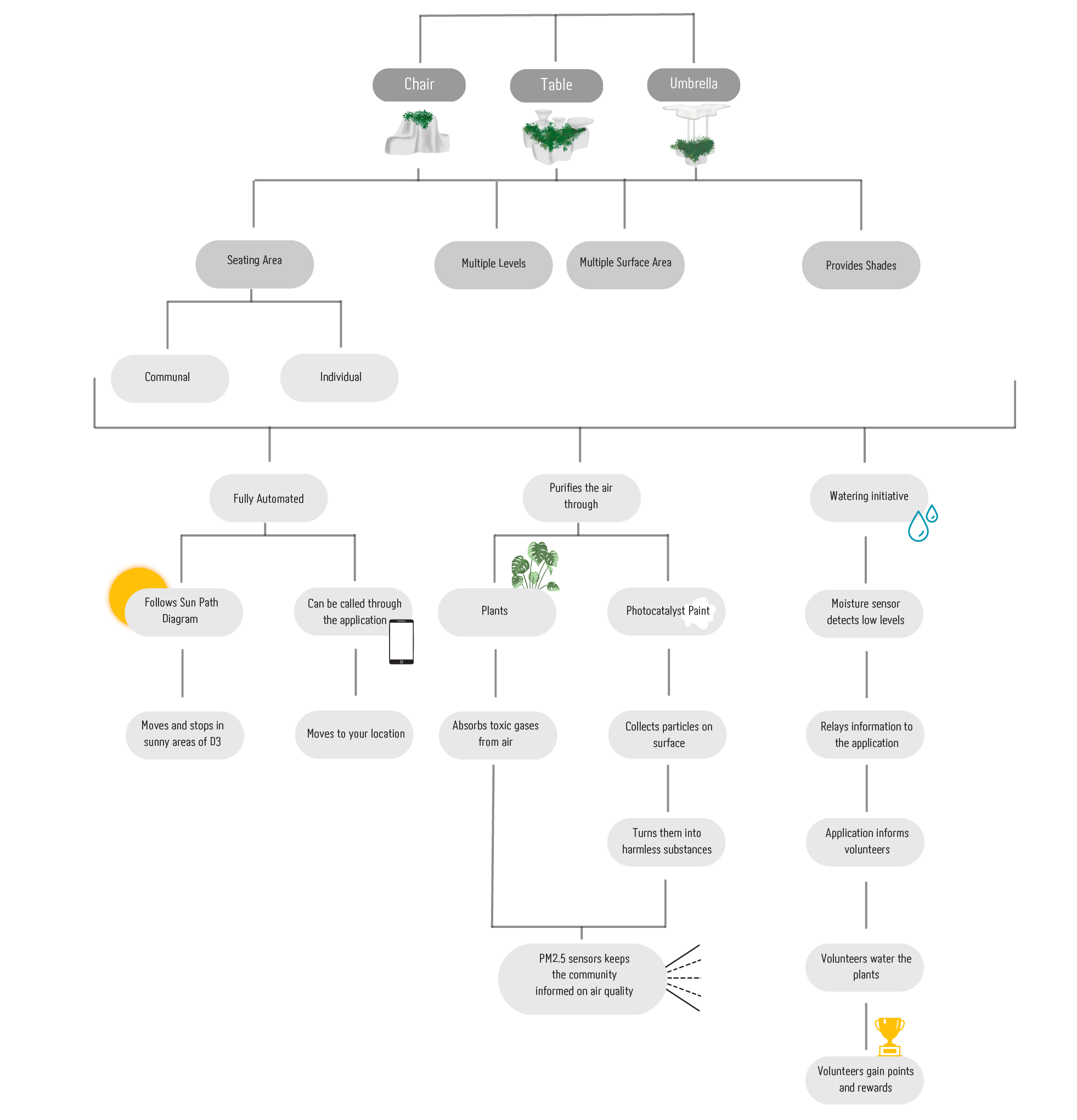


Modular System


Einstein Tiles are highly precise, interlocking flooring tiles that draw inspiration from the study of symmetry and tessellation conducted by Albert Einstein. In order to achieve interlocking properties in the manner in which the objects are stacked, these tile shapes were explored in an attempt to establish uniformity.
Performative Materiality

Mycelium is a network of thin filaments found within the mushroom, responsible for the collection of food, water and nutrients for the fungus.
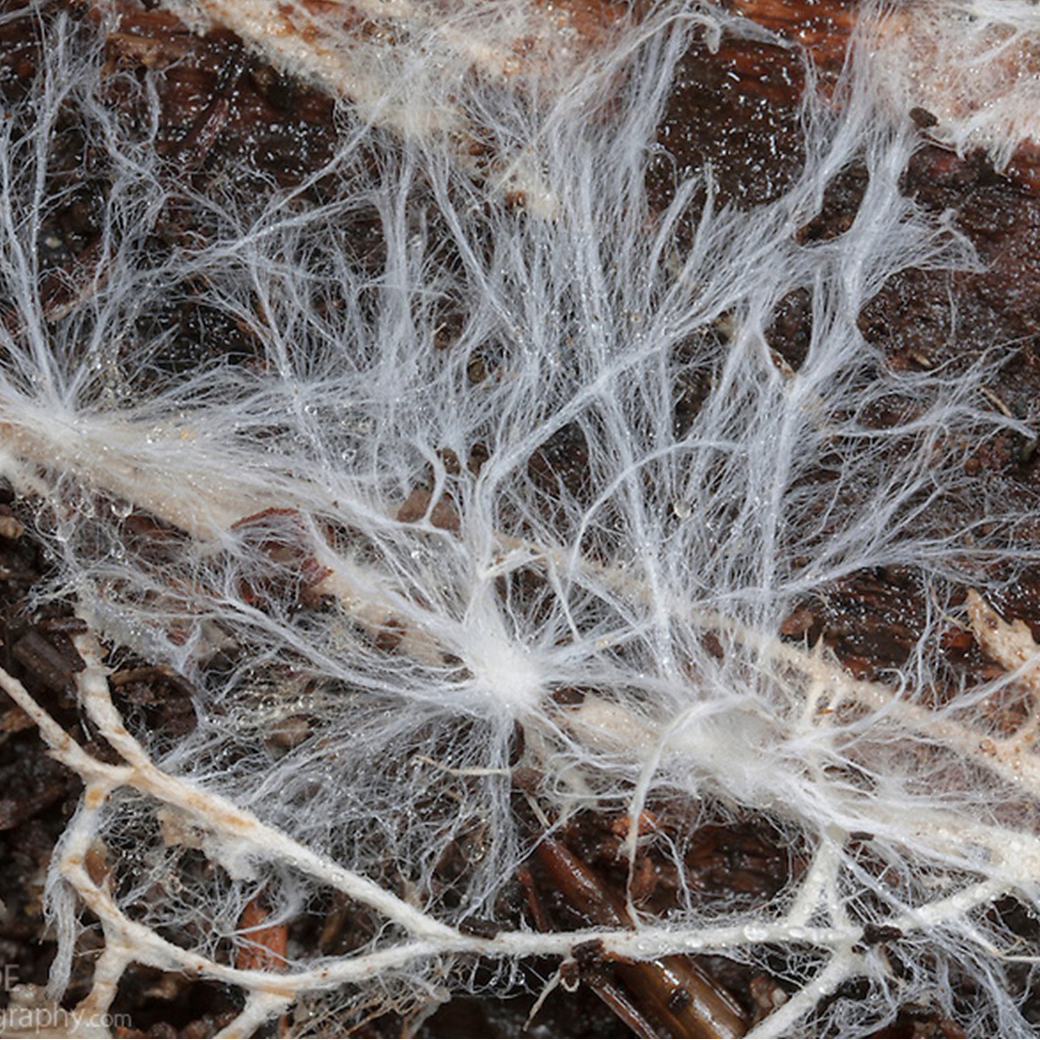
Being a living organism that actively cleans the air during its growth, mycelium makes for an excellent carbon-negative alternative to conventional material, thus aligning it with our vision for sustainability.

Mexico City's Manuel Gea González Hospital is a prime example of Photocatalyst paint being used. They developed a system of decorative tiles, coated with the paint, in order to clean the surrounding air as much as possible.

Final Form
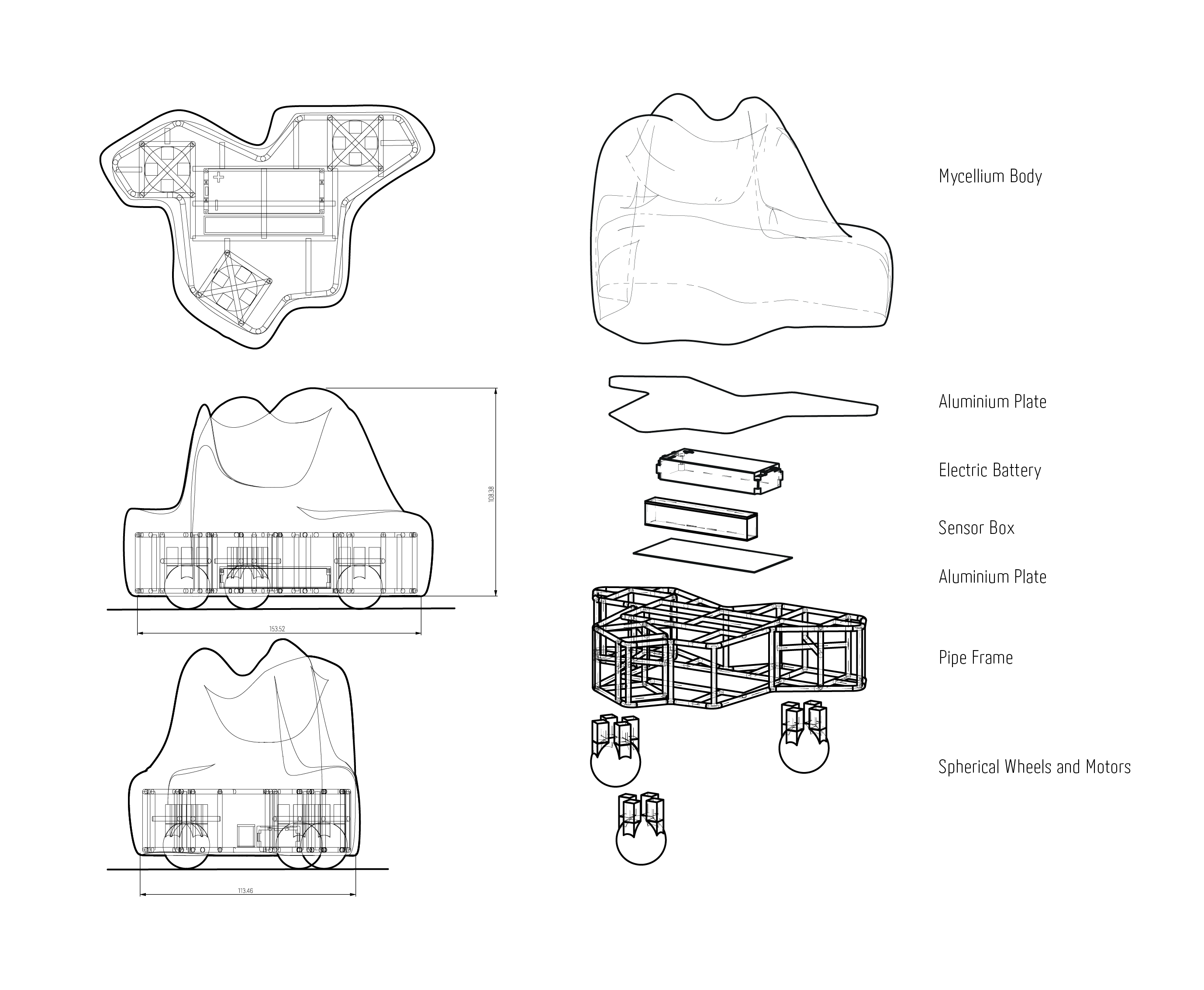
Particle Cruiser: The App
Gamification For Sustainability
The Particle Cruiser's trajectory depends upon the movement of the sun, following it in order to provide shade. At the same time, however, these devices can be summoned by users via the app—for utility purposes, or for the maintenance of the plants that adorn their surfaces. This app is designed such that users are constantly engaged, incentivised to contribute to society and the environment by gamifying this experience. In doing this, we hope to create a community whos foundation is built on the vision of sustainability— users can compete to use the app's features and contribute to the upkeep of the cruisers to gain game points and other rewards.
